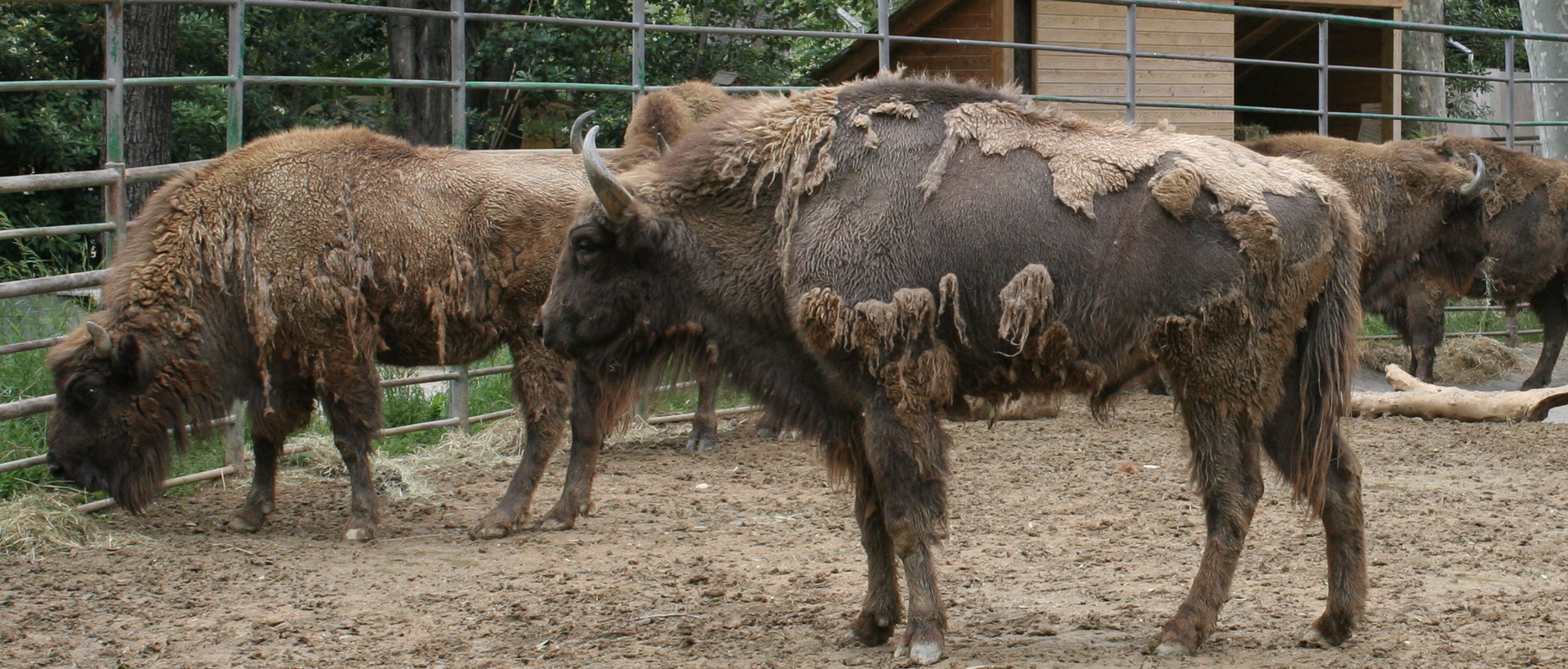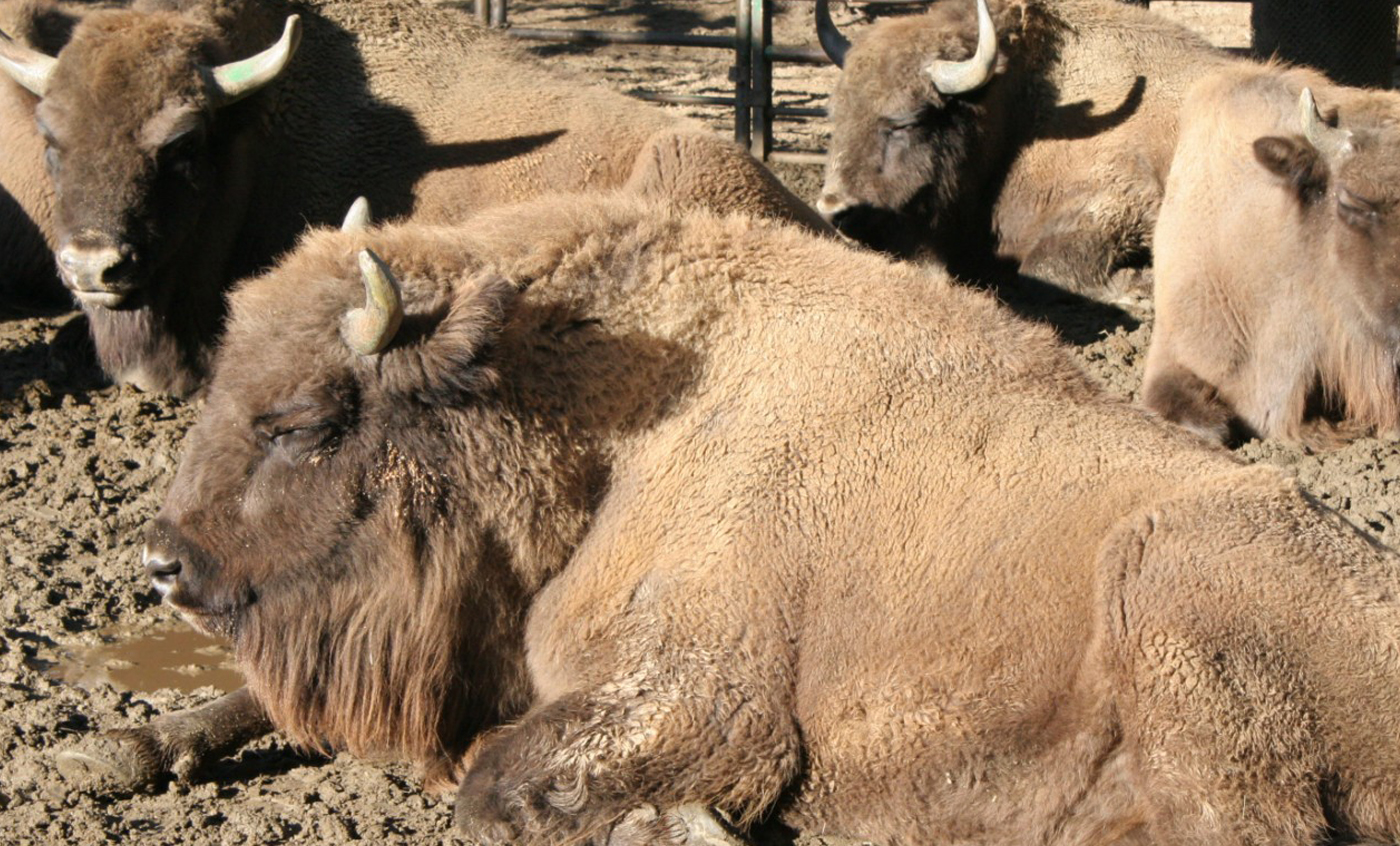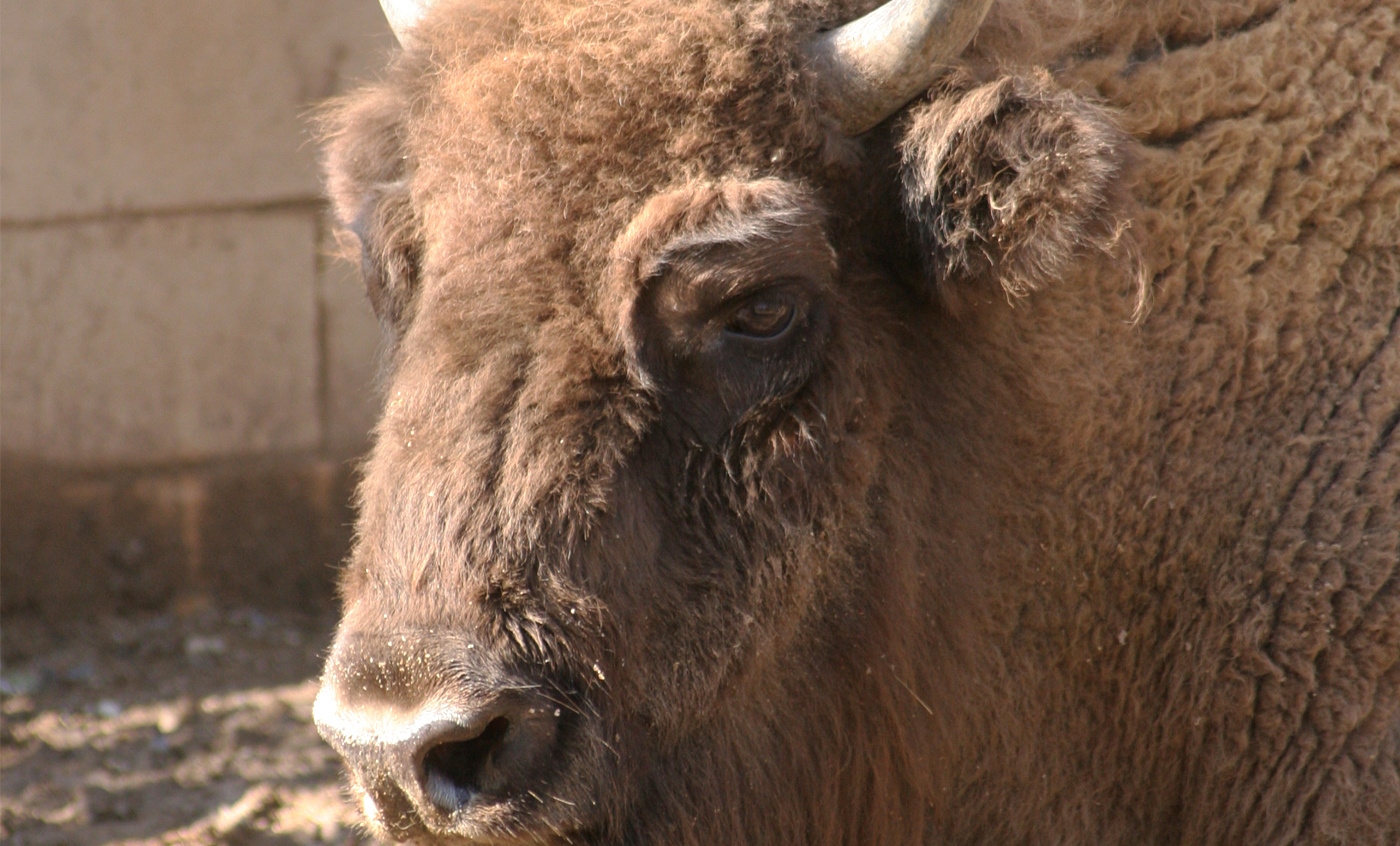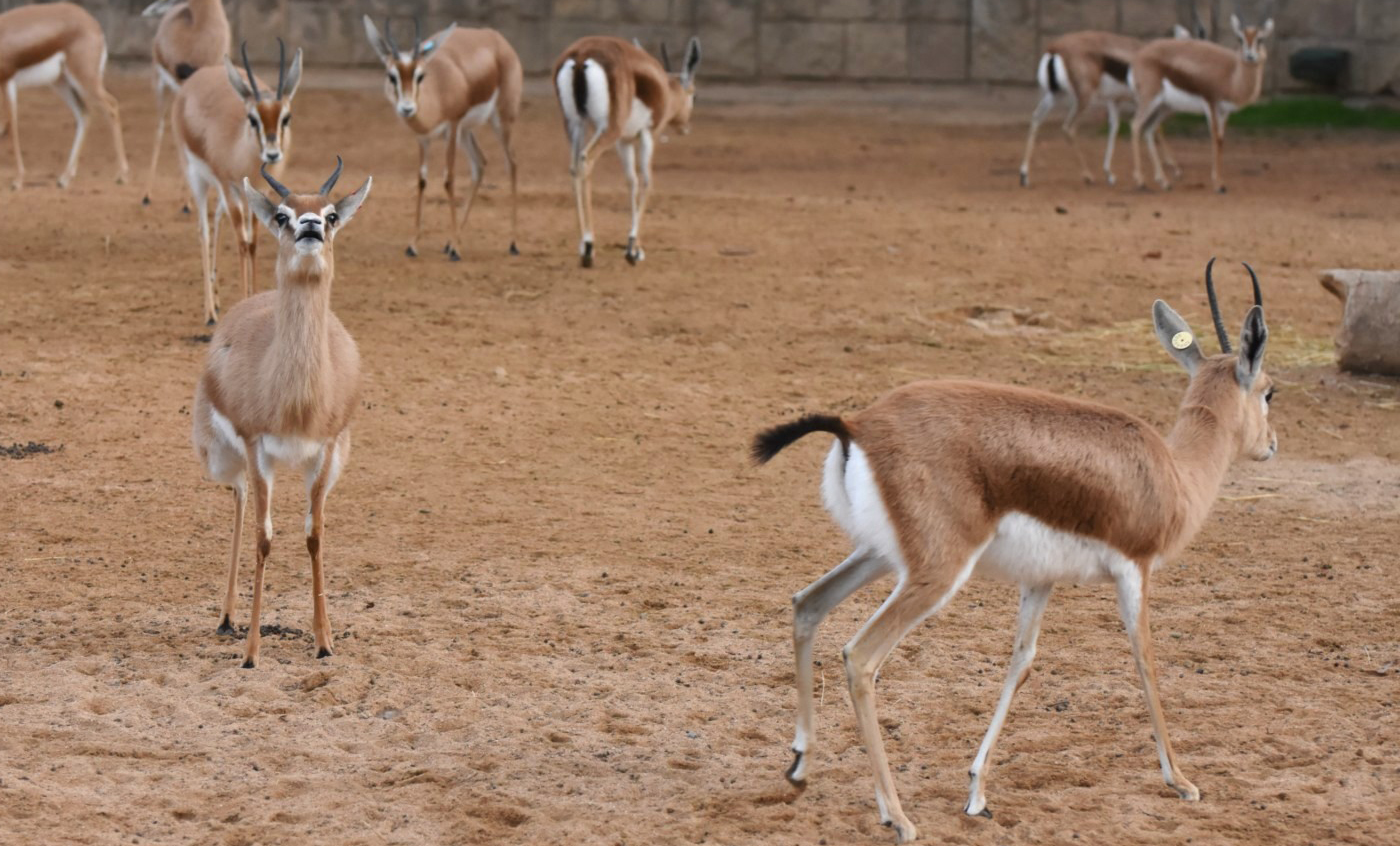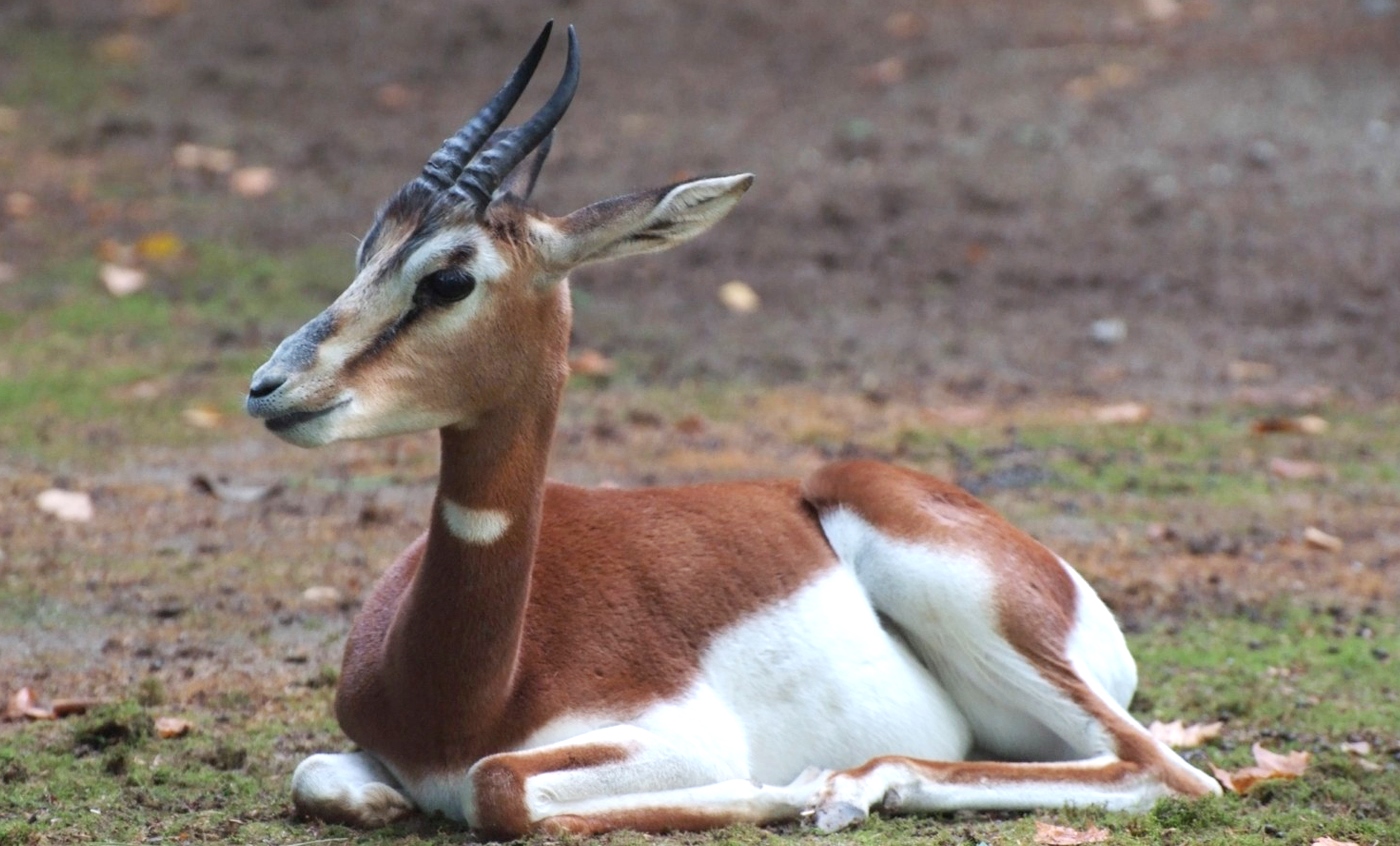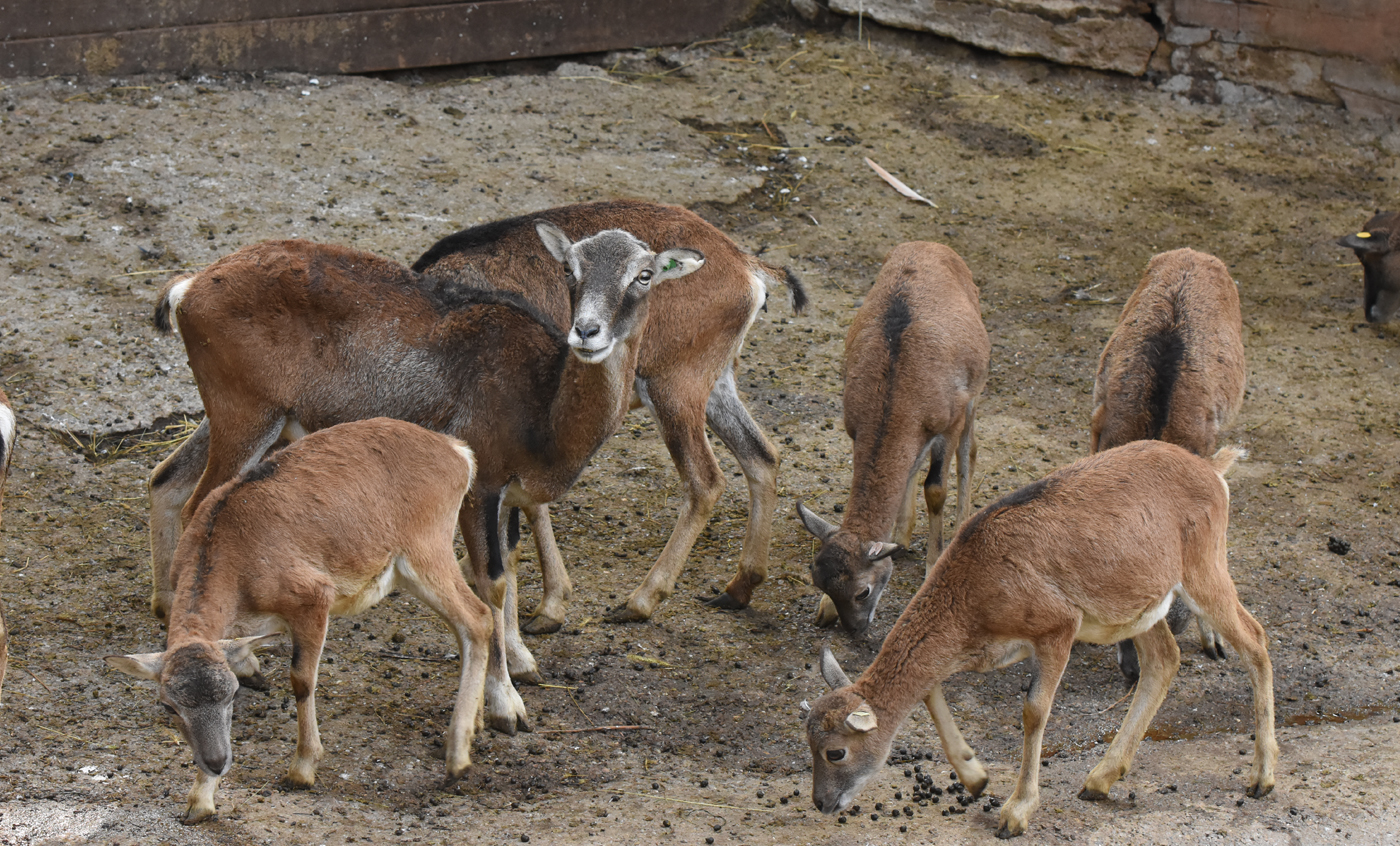European bison
It is a large ruminant, closely related to the legendary prehistoric bison, represented in different cave paintings in our country.
It has been always hunted in Europe, until it became extinct in almost all the continent. Fortunately, from a few captive specimens, it was possible to reintroduce it to some natural reserves in Russia, Poland and other eastern countries.
Breeding program
Natural habit
Poland, Russia, Belarus, Romania, Ukraine, Slovakia, Lithuania and Kyrgyzstan.
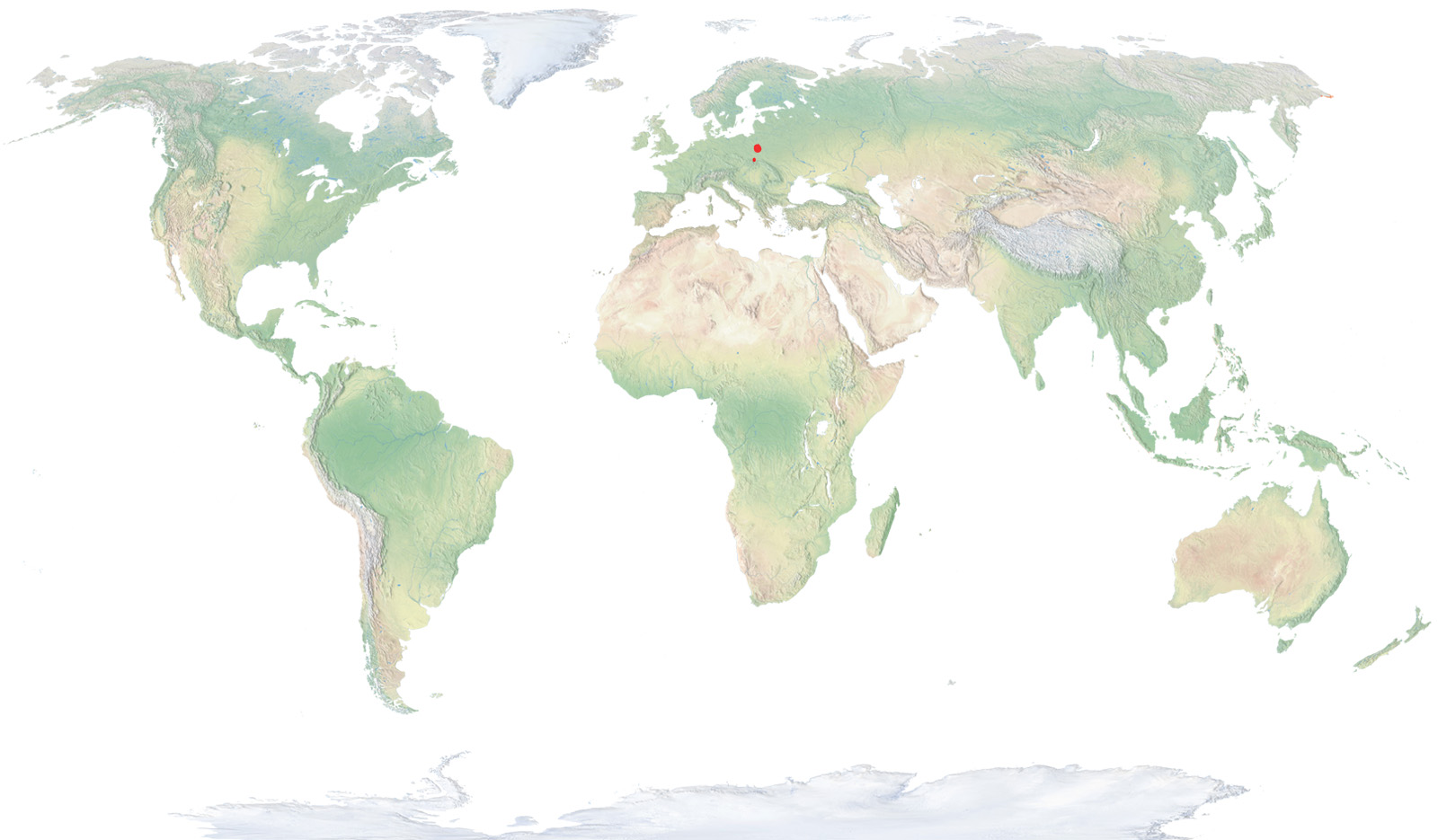
- Distribution / Resident
- Breeding
- Wintering
- Subspecies
Risk level
- Extint
- Extint in the wild
- Critically endangered
- In Danger
- Vulnerable
- Near threatened
- Minor concern
- Insufficient data
- Not evaluated
Taxonomy
Physical characteristics
Biology
Reproduction
Biology
The European bison is the largest European herbivore and is less hefty than its American counterpart, with a smaller head.
Unlike the American bison, it does not live in open spaces such as meadows, but in forests, that only leaves to graze in nearby sunny clearings.
It mainly feeds on grass, roots, leaves, fallen fruit and bark from young trees, preferably ashes, while disliking conifers.
Gestation lasts for nine months approximately and normally a single calf is born. Compared to other bovine, bison reproduce at a very slow pace, as one calf is born every three years, or more in case of older females. Calves are nursed for five months and reach sexual maturity when 2 to 3 years old.
The European bison, unlike its American counterpart, does not usually migrate and is a rather sedentary species. It usually forms family groups of 20 individuals approximately, although at winter groups of up to fifty gather, looking for roots and fruits buried under the snow. Old males are more solitary.
It was hunted for centuries in all the continent, until it disappeared from many countries. In fact, during the First World War, the last wild populations in eastern Europe were practically exterminated. On 1919 the last bison died in the Polish region of Bialowieza and on 1927, the last wild individual of the Caucasus was killed. Fortunately, from the few captive specimens remaining in zoos around the world, the species could be reintroduced in natural reserves of Poland (Natural Park of Bialowieza), Russia and other eastern Europe countries, which is the reason nowadays the species is not in risk of imminent extinction. However, its low genetic diversity, caused by consanguinity, makes it especially vulnerable to viruses such as the foot-and-mouth disease.
Undoubtedly, the case of the European bison is a good example of the key role of zoos in the conservation of endangered species. Without their task, some species such as the European bison and many other would be long extinct. The Zoo of Barcelona takes part in the EEP of this species.



